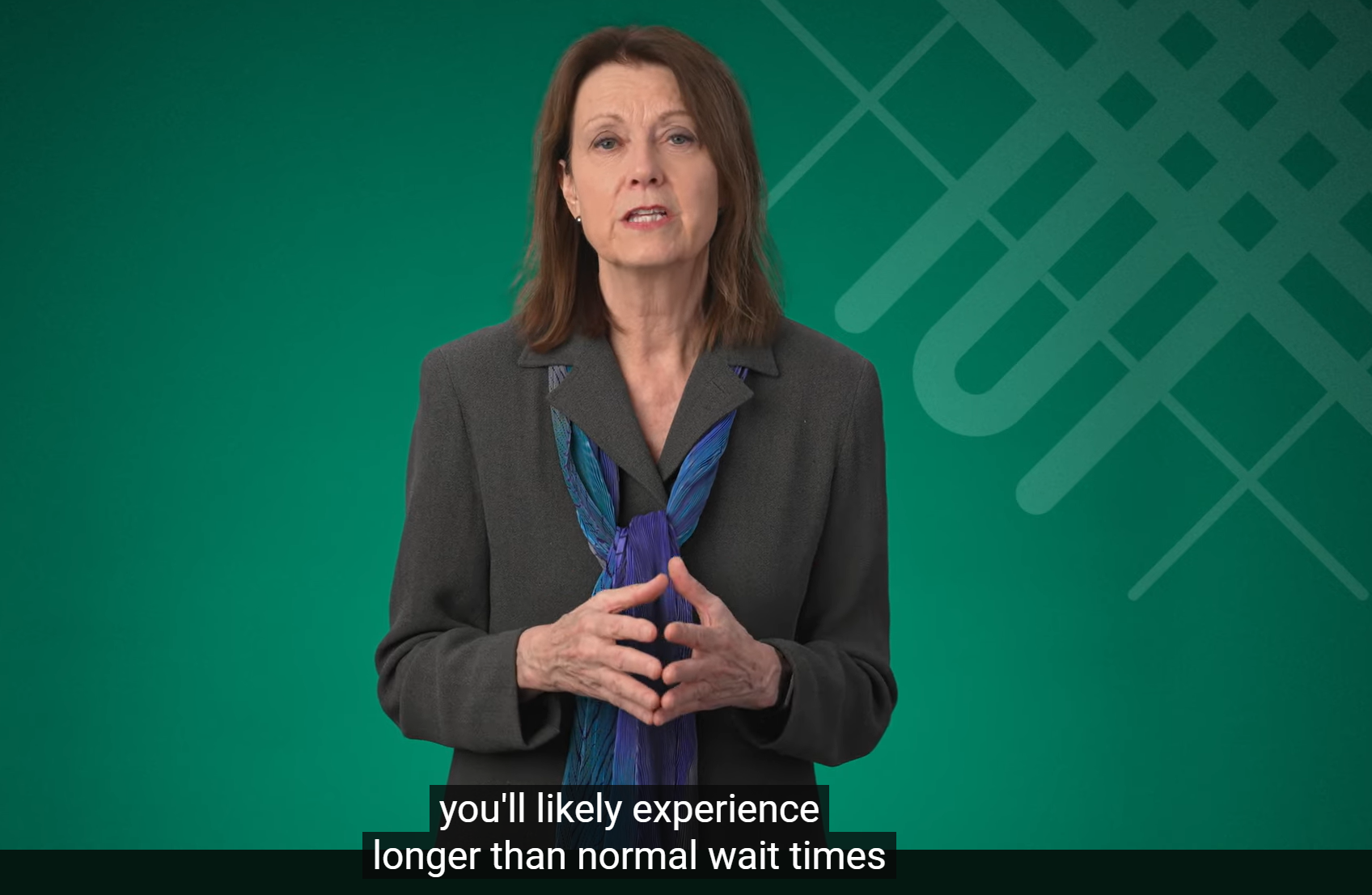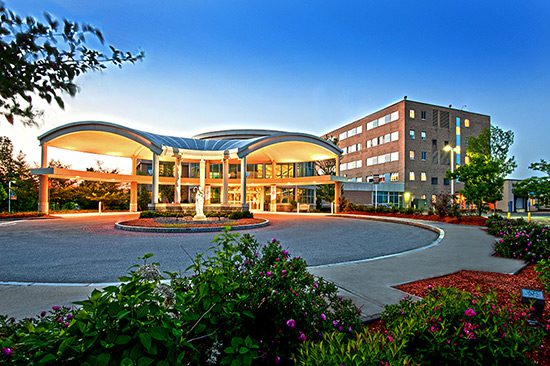
CONCORD, NH – The region’s hospitals, particularly emergency departments, are still being stretched to their limit with the rise in respiratory viruses, combined with workforce shortages and other issues, the New Hampshire Hospital Association said during a recent interview.
The association had issued a similar statement a month ago, but the problem hasn’t abated, Steven Ahnen, NHHA president said.
“As respiratory virus season began to pick up in November and December of last year and has continued through the beginning of this year, hospitals have been and continue to be extremely busy and at or near capacity levels, which is causing backups and delays across the health care system, but most notably in hospital emergency departments,” Ahnen said.
He said the high level of demand has been caused by increasing levels of flu, RSV, COVID and other respiratory viruses. Added to that are workforce shortages and “a continued inability to discharge patients due to constraints being experienced in long-term care and home care.”
Because of the demand, patients across the state may have longer wait times in emergency departments, Ahnen said.
“Patients with acute, critical illnesses will always be triaged and cared for immediately, but that may mean that patients whose condition is not as acute may wait longer than they or their care team members would want,” he said.
Dartmouth-Hitchcock Medical Center also released a statement last week confirming its hospital in Lebanon is reaching emergency department capacity.
“Tertiary hospitals, which care for the sickest patients, across the region and country are reaching patient capacity in their emergency departments,” the statement said. “Similar to other Level 1 trauma centers in New England, Dartmouth Health’s Dartmouth Hitchcock Medical Center is no exception, seeing ED overcrowding for the last several weeks.”
Dartmouth Health CEO and president Joanne M. Conroy, in a video message, said that the emergency department staff will continue to prioritize patients who are most urgently in need of care — such as people experiencing a heart attack or stroke, or who are critically injured — but that patients with less pressing health care concerns will have “extended wait times.”
She said, in addition, patients who must be admitted may have to wait up to 24 hours for a bed.
“I understand — and everyone who is working hard to care for you understands — that these wait times are very frustrating,” Conroy said. “Please know that we’re working hard to address these capacity issues. Providing you and your family the high-quality care you need, when you need it most, is our highest priority.”
Dartmouth-Hitchcock isn’t alone. At 30 reporting New Hampshire hospitals, inpatient beds were 91% full, according to the NHHA weekly capacity report for the week of Feb. 2-8. If emergency department holds are factored in – patients being held in the emergency department because there’s not a bed for them – inpatient occupancy is at 94.5% capacity.
Nationally, for the same week, hospital capacity was 77.8%, with 2.9% of patients hospitalized for COVID and 1.9% for influenza, according to the Centers for Disease Control. An average bed occupancy above 85% can mean “regular bed shortages, periodic bed crises and increased numbers of health care-acquired infections,” according to the National Institutes of Health.
In New Hampshire, there were 2,616 staffed inpatient beds filled, with 258 available, not including those in the emergency department last week, according to the NHHA report. Some 109 beds were taken by patients who had been diagnosed with COVID. Of the available beds, 37 were adult ICU, 11 adult psychiatric, 83 medical-surgical, 28 pediatric, 3 pediatric intensive care and 24 telemetry.
“Hospitals across the state continue to collaborate and partner with one another to ensure that patients are able to get the care they need, when and where they need it,” the NHHA statement said. “We thank our patients and communities for their patience and support during these challenging times.”
At Elliot Hospital, in Manchester, spokesperson Kelly Scargill said the emergency department “…is currently busy, but not overwhelmed.”
Scargill said the department is “the busiest ED in the state,” and in the state’s largest city, and is prepared to meet surges in demand.
“Matching the most appropriate location for the condition of the patient is exceptionally important in minimizing wait times,” Scargill added. Elliot patients my use Elliot VirtualER, which allows them to meet with an Elliot emergency department physician for non-life-threatening conditions using their phone, computer or tablet, without coming in to the hospital.
“Patients are treated virtually by an ER doctor or are referred to urgent care or the emergency department if needed,” Scargill said. A VirtualER appointment is usually the cost of an office visit, according to Scargill.
The NHHA also said that, in order to decrease illness and trips to the emergency department, everyone should remain vigilant about basic health care and hygiene, such as regular handwashing.

“Evidence-based public health measures such as masking, testing, vaccines, and other mitigation methods are still important tools against COVID-19 and other respiratory illnesses,” the statement said. “There is no one solution that can completely eliminate the risk of spreading infections, but when layered together, these interventions can have a significant impact on the rate of infections, hospitalizations and deaths in New Hampshire, and ultimately on the capacity challenges facing our health care system today.”
Dr. Deepak Vatti, MD, Chief of Emergency Medicine for St. Joseph Hospital in Nashua, also acknowledged the higher-than-normal volume of patients.
“We have a higher than normal volume. However, the ED capacity, or the number of spaces we have to treat patients is unchanged and is simply limited by space. We will continue to work hard to see patients as quickly as possible when they come to the ED. We use the same standards to triage patients as any accredited ED in the US – and the hospital is doing what it can to help manage the higher-than-normal acuity and volume,” Vatti said. “We appreciate the understanding our patients have exhibited during these extraordinary times. We encourage patients to not wait to come to the ER for emergencies because they feel the wait may be a long time. We want to help you and will do our very best when you arrive.”
Echoing that commitment to care was Michelle Proulx, MSN, RN, CNML – Chief Nursing Officer at St. Joseph’s.
“On the inpatient side we are certainly seeing higher volumes. We are working daily to ensure adequate staffing and provide excellent care to our patients. We are focused on providing our community the care they need.”
 







